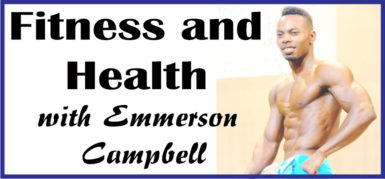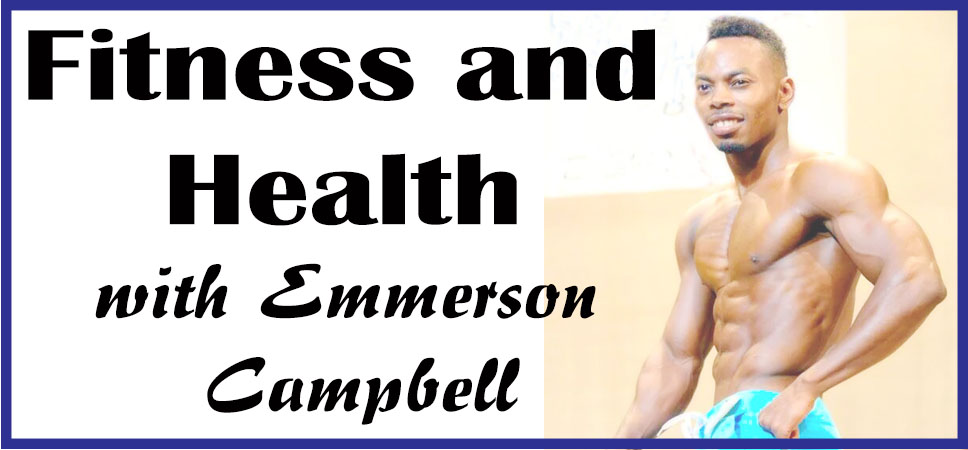Whether your aim is to improve overall health, get fit, or just stay a few steps ahead of the aging process, turning to the wealth of resources available online is one of the first things most people do. Unfortunately, recovery is often thrown to the wayside in lieu of flashier and trendier topics.

Adequate rest
Rest must be part of your routine. But unfortunately, it is one of the most overlooked aspects of getting fit. A lot of people don’t realize that it is only during periods of rest that your body rebuilds and prepares for the next activity. Without good quality rest, you may not have enough energy to put in as much intensity into your next training session.
Sufficient calorie intake
When it comes to weight loss diets, a lower calorie intake is one of the recommended protocols. However, no matter your goal, eating good, nutritious food is essential. Aside from rest, your body also needs additional nutrients to help replace those that were burned during exercise, as well as those that will be needed to rebuild muscle tissue, such as protein.
Supplementation
Supplementing with glutamine is one of the key recovery strategies for most resistance trainers and endurance runners, as it is the most abundant amino acid in your muscles. It helps in reducing inflammation in muscle tissue, which will help you perform well in the next training session. L-glutamine should be taken immediately after your workout.
BCAAs
Branched chain amino acids (BCAAs) provide the essential amino acids needed by the body to grow and recover. If you do any medium to high intensity training such as lifting weights or sprinting at the track, BCAAs can help in making sure that your muscles are ‘fed’ and not burning themselves for energy. Beyond (brand name) BCAAs is touted as having added electrolytes and acid buffers that help to hydrate you during heavy/endurance training sessions.
Stretching
Static stretching after a workout may reduce delayed onset muscle soreness also called DOMS in certain individuals. This helps release metabolite build-up in your muscles and prevents pooling, which helps with soreness felt after a hard workout. Also, having a deep tissue massage or utilizing a foam roller may stimulate blood flow to the affected areas, which will further aid metabolite flushing. Active stretching will also assist with recovery, so incorporating each of these types of stretching will help improve recovery and function after heavy workouts.
Stretching, myofascial release and deep tissue massages are good for wellness, but they are also important for injury prevention. All athletes and fitness enthusiasts are at risk for injury when tight muscles compromise range of motion. By utilizing dynamic and static stretching, along with other prehab techniques (Prehabilitation, or prehab is a form of strength training that aims to prevent injuries before they occur.) you can mitigate the risk of injury and work towards a long-term, sustainable lifestyle.






